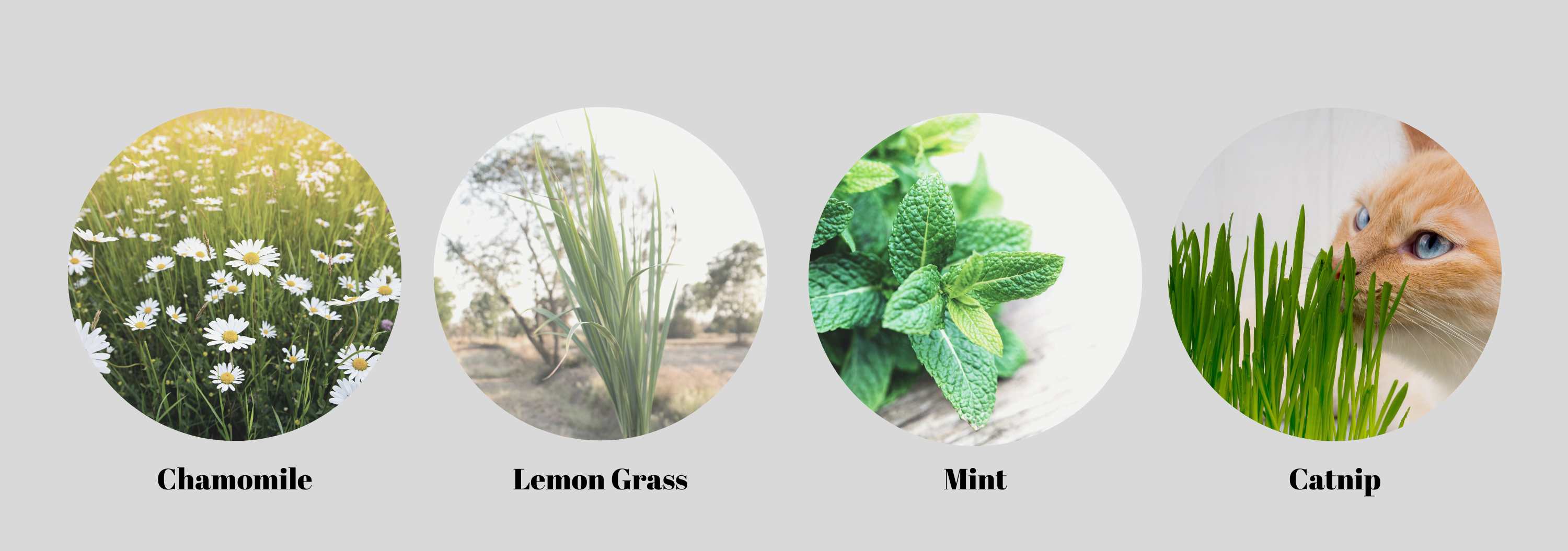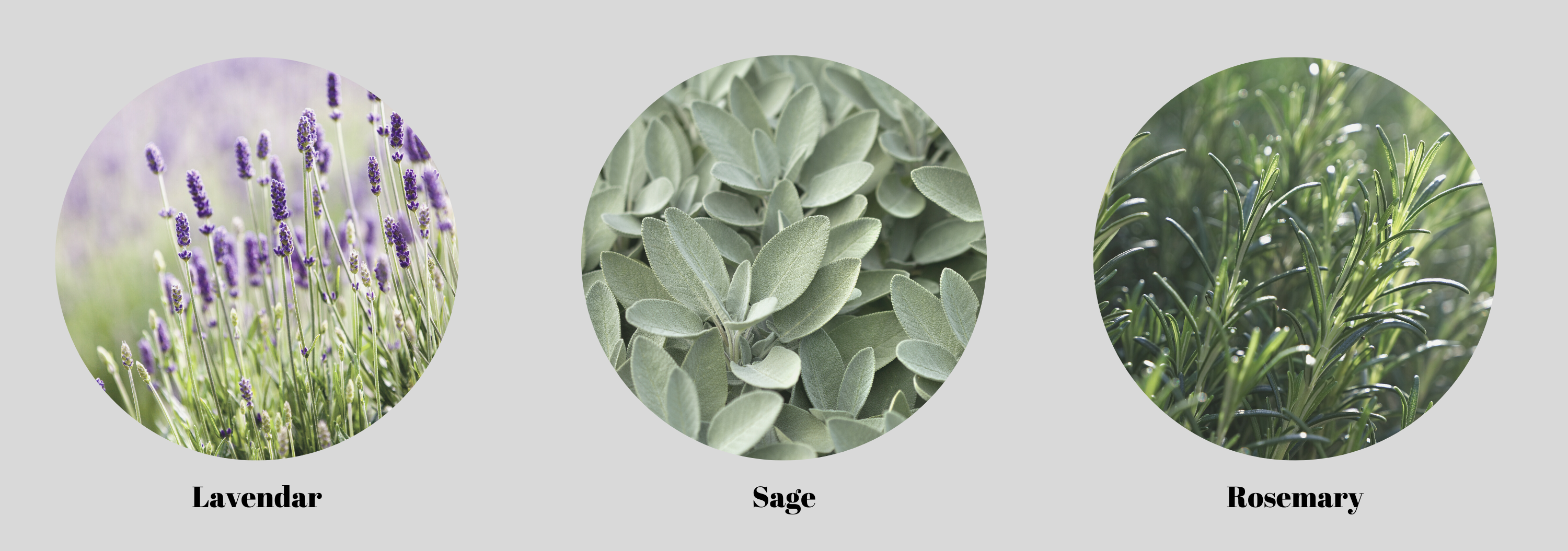We protect our cats and dogs from ticks and fleas with collars, topical preventives, and even chewable tablets, but here in Virginia, it still might not be enough. After taking precautions and still finding one of these creatures on your darling pet, you might want to consider some landscape options to deter these unwanted visitors from coming into your backyard. Use these plants we are providing you to keep pests away from your pets and help protect them!
First, keep your lawn relatively short as ticks and fleas love to hide out in tall grass. Next, consider planting one of these pet-safe garden herbs around your foundation and where your pets hang out. Also, you can plant these in containers and put them on your patio, porch, or deck to better protect your dog or cat.
Bonus: All of these herbs are also perfect for cooking, baking, and teas, in addition to being a great pest deterrent.
Plants:
Chamomile
Chamomile is a great plant to have in your garden because it not only repels fleas, but it is excellent for herbal tea. German chamomile is used to ease a sore stomach and irritable bowel syndrome in addition to being used as a gentle sleep aid.
Lemongrass
Lemongrass is a member of the grass family that repels ticks and mosquitoes. It companions well with lavender and grows better in warmer regions. Lemongrass is a medicinal herb in India, widely used as a culinary herb in Asian cuisine, and used as a tea in Africa and Latin America. Additionally, research indicates that lemongrass oil has antifungal properties.
Mint Family
The Lamiaceae family, also known as the mint or deadnettle family, are flowering plants that are frequently aromatic in all parts. The mint family includes many widely used culinary herbs, such as basil, mint, rosemary, sage, savory, marjoram, oregano, hyssop, thyme, lavender, and perilla.
Some members are particularly repellent to fleas and ticks; these include catnip, lavender, mint, sage, and rosemary. They can be dried and placed inside your pets’ bedding or in satchels around your home to help drive ticks and fleas out.
Catnip
We are all familiar with how catnip affects some cats, but did you know that it is also a natural pest repellent safe for both cats and dogs. While it is perfectly safe, you might want to thoughtfully choose where you plant catnip because it will attract outside cats. On the upside, it also attracts butterflies. This plant is drought-tolerant and deer-resistant. It also can be brewed for herbal tea and used as a culinary herb, so look up some recipes.
Lavender
You have lots of choices when it comes to lavender. It smells great. Bees love it, but black flies, fleas, moths, mice, mosquitoes, and ticks hate it. Lavender has a ton of household uses and is also useful in sweets and teas.
Mint
Mint comes in many flavors to include peppermint, chocolate, and apple, but remember they cross-pollinate, so if you want to have different types with distinct flavors, then you need to keep them apart.
Also, mints are invasive; they will wander all over the yard if you don’t control them. You might want to keep them in pots if you don’t want them to sprawl.
Sage
Sage is another pest deterrent that is super helpful to us humans. As an herb, it has a savory, slightly peppery flavor and is necessary to many people’s holiday stuffing recipes. Additionally, studies have demonstrated that sage improves memory, attention, alertness, and mood.
Rosemary
Since rosemary is drought-tolerant and easy to grow, it is a perfect plant for xeriscape landscaping. You can let it grow wild or prune it into formal shapes or low hedges. If you build it in a pot, keep it watered as it has an extensive root system. In addition to warding off pests, you can cook with it. A favorite way to use it is to trim off stems and use them as skewers.
Other plants the repeal bugs are Citronella, Eucalyptus, Fleawort, Pennyroyal (also called Fleabane), Rue, Tansy, Sweet Bay, and Wormwood. The only problem with these is that all of them are toxic to dogs and cats, so if you use them, plant them away from where your pets play.
Did you miss our blogs about poisonous plants for your pets and artificial turf? Make sure you go back and check them out!



